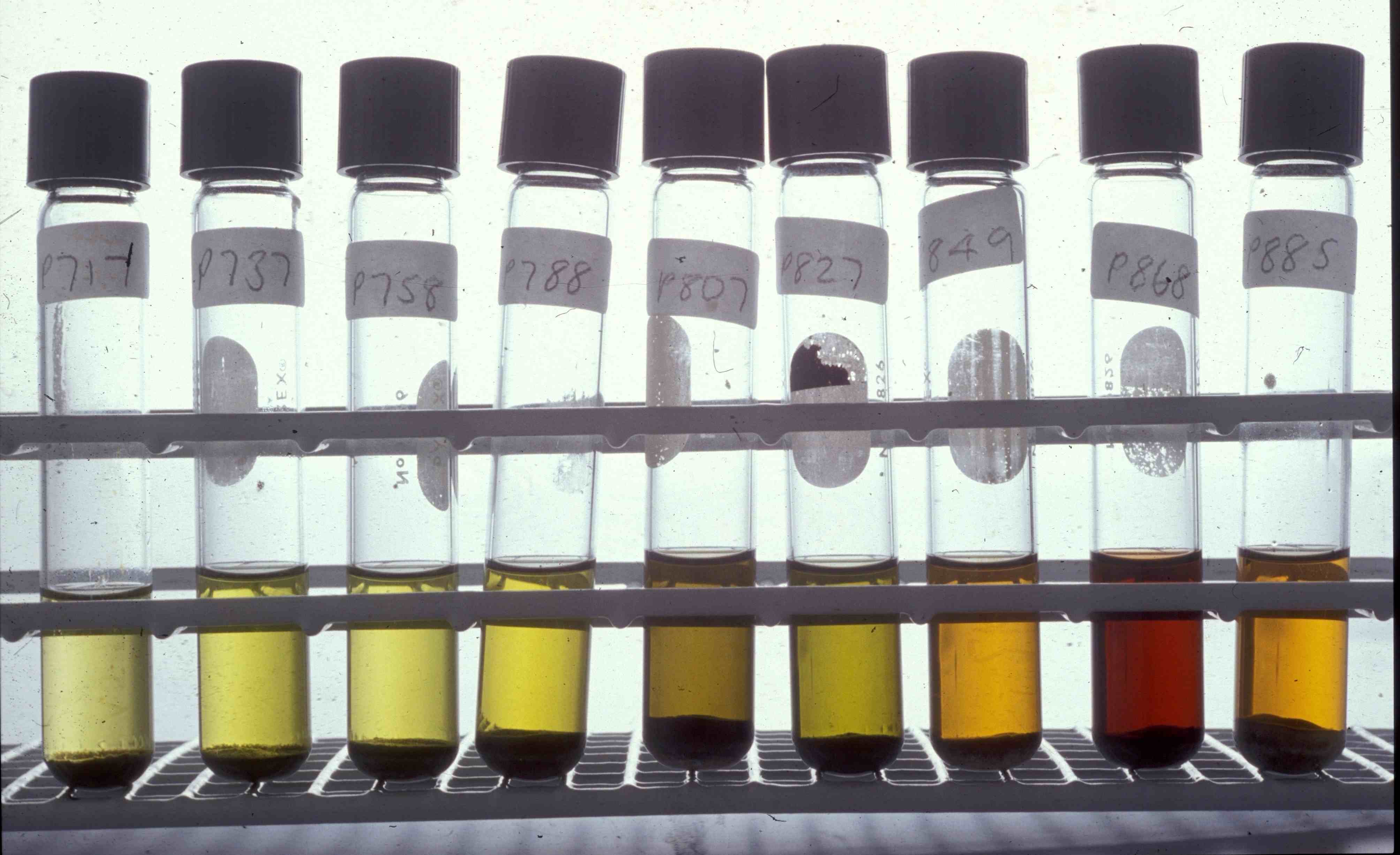
June 5, 2012, by Matt
A day in the life of a Geographer … Suzanne McGowan
This time of year is a transition for academic staff, where we wrap up the final parts of the teaching year and can start to think about research. So, the main tasks that I had this week were marking exams and coursework and completing some research contracts in the lab that had stared to pile up while I was busy with teaching.
I tend to assess many of my modules via coursework throughout the year which means that this time of year is less busy for me than for many others in the School who I know have been swamped with exam marking, particularly those with large modules to teach. I had exam scripts to mark for the Environmental Management of Rivers and Lakes module, and a number of dissertation proposals for the 2nd year undergraduates and Environmental Management Masters students. Dissertation supervision is something that I enjoy, because you get to see students creating new and innovative projects from scratch. Although the dissertation proposals are summative, they also play an important formative role. We provide feedback individually to students and discuss how their project can be developed. This process continues until completion of the dissertation and it is really important in developing independent learning skills. This year we have our first cohort of students on a 2+2 Environmental Sciences degree with ourNingbo campus (UNNC). Many of our second year students plan to return to UNNC this summer to conduct their dissertation research so there has been a lot of liaison between dissertation supervisors, students, our lab technician Teresa Needham and staff at UNNC to work out the logistics of equipment and lab space to facilitate this.
The other main job this week was to complete some research contracts in the HPLC pigment analytical facility. This lab is set up for the analysis of chlorophyll and carotenoid pigments which are biomarkers of algae and plants. Changes in the concentrations of pigments down lake sediment cores can answer many questions about changes in lake ecosystems and the environment. This week I was analysing several short cores from Lake Kuutsjärvi in Finland in collaboration with researchers at Environmental Change Research Unit at the University of Helsinki. This project is investigating the effect that fish introductions have had on the increase in blooms of cyanobacteria (or blue-green algae) in this lake. Cyanobacteria produce distinctive carotenoids which we can pick up in lake sediments to trace their abundance back in time. The other project that I was finishing off was the analysis of a sediment core from Malham Tarn in Yorkshire. The School has a special interest in this site because we take our BSc 2nd year students there for a week-long field trip every year. The sediment core work is being led by PhD student Emma Wiik from University College London who is investigating the demise in ecological status of many of theUK’s ‘marl lakes’ in association with Natural England who are partners in Emma’s PhD. Emma is looking at small remains of plants and invertebrates in the sediments so, along with the pigments, we hope to build up a picture of ecological change at Malham Tarn, which should also be useful in teaching students on the field course.
Nestled around the main tasks was tangle of other small jobs that needed attending to this week. When I look back on my working week I am often unable to remember exactly what it is that I have been doing. This week, I thought I would make some notes, and found out that one week’s worth of academic tangle consist of: Attendance at one research seminar (Hector Orengo, NARF fellow in the School of Archaeology); liaison with two MSc students about field and laboratory arrangements for their dissertation projects; writing some text for a joint manuscript on water level change in Lake Kleszczow being led by colleagues at the National Marine Fisheries Research Institute in Gdynia, Poland; providing a module outline for next year’s Environmental Management masters handbook; backing up data on the HPLC lab computer; writing a reference for a past undergraduate student who is applying to a MSc course; providing feedback on my PhD student Heather Moorhouse’s annual review report; hosting researchers Brownen Whitney and John Carson who were visiting from the University of Edinburgh to use our lab facilities (this mostly involved sampling local ales in the evening); attending a meeting where we discussed how to develop and enhance our tutorial teaching; providing feedback on a manuscript on environmental change at Limfjord, Denmark that I am a co-author on led by Jon Lewis, isotope apprentice at NERC Isotope Geosciences Laboratory; registration and writing an abstract for the International Diatom Symposium which will take place in Ghent, Belgium in September 2012; helping to arrange the scheduling of the School Postgraduate Workshops in the next academic year; meeting with Chris Vane from British Geological Survey to discuss some pilot pigment work on Puerto Rican mangrove swamps; checking over the Safety Committee minutes before they are distributed.
Looking forward to taking some time off this Holiday weekend, when I plan to climb Ben Lomond inScotland.
Suzanne McGowan
No comments yet, fill out a comment to be the first

Leave a Reply